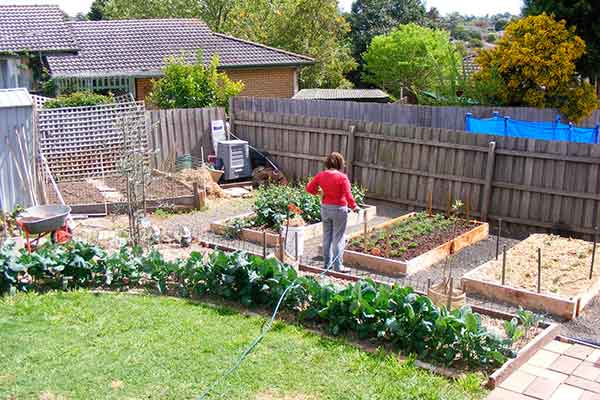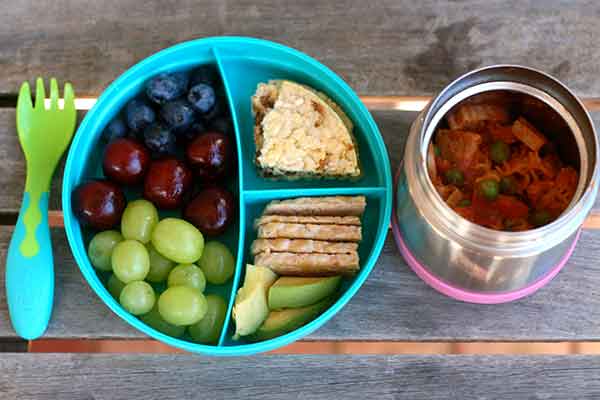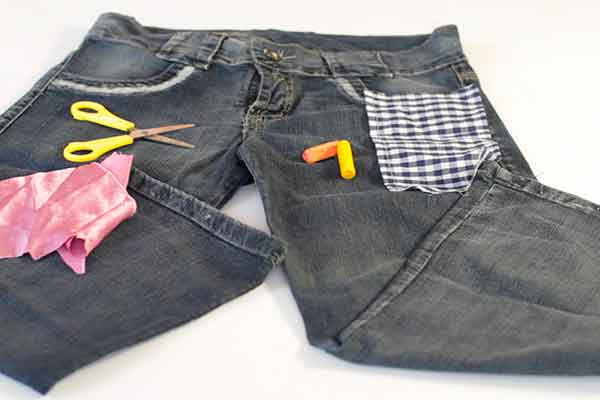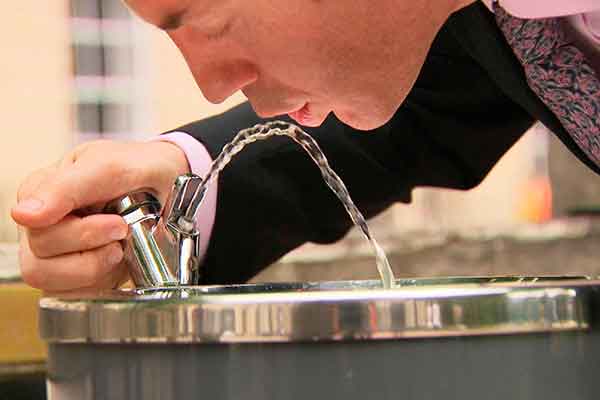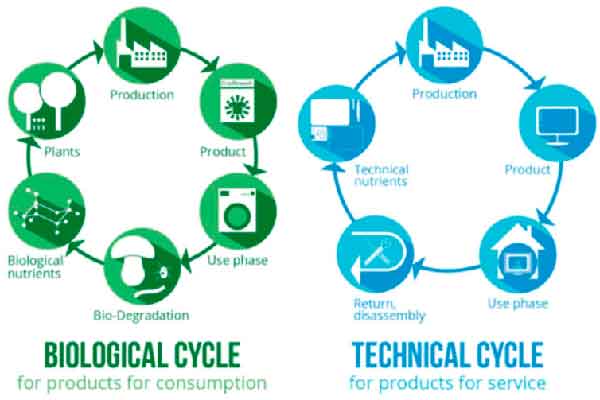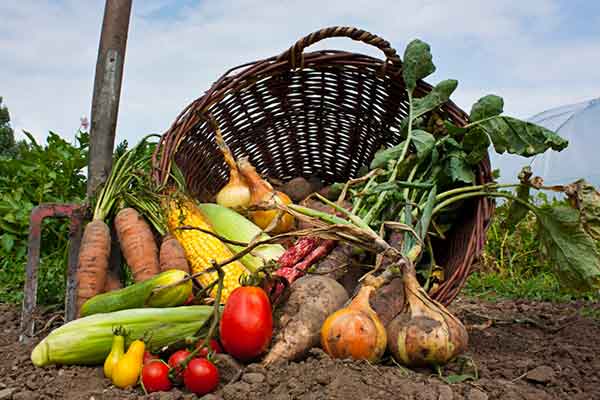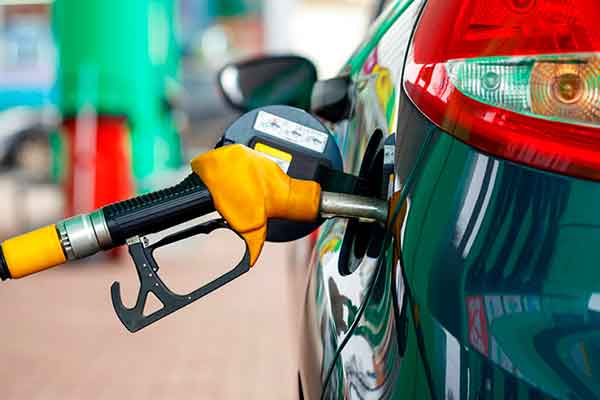 Eat when hungry, stop when full
Eat when hungry, stop when full Discover what large scale esteems mirror your wellbeing objectives and endeavor to eat inside them. Analysis with different methods for eating, and when you discover an eating regimen your body reacts well to – be it a perfect interpretation of high fat/low carb, Paleo or flexitarian – stay with it.
Pick natural clean nourishments at whatever point conceivable
In the event that your spending restricts you, make meat, eggs, dairy and the Dirty Dozen your natural needs. To find out about what makes clean nourishment natural, see What is Organic Farming, Really?
Drink at any rate two liters of water a day
Ideally from a reusable container, not plastic; we're companions of nature here! Point of confinement your liquor admission to one glass of cancer prevention agent rich red wine a day. For tips on faucet water testing and refinement as a piece of eating clean, see Reconsider Tap Water: The Healthiest Water Options.
Get mark insightful
Clean nourishments contain only a couple of fixings. Any item with a long fixing rundown is human-made and not thought about piece of a perfect eating routine.
Keep away from prepared and refined nourishments
This incorporates white flour, sugar, bread and pasta. Appreciate complex carbs, for example, entire grains. Maintain a strategic distance from these spotless eating adversaries.
Know thy adversaries
Avoid anything high in trans fats, anything seared or anything high in sugar. Dodge additives, shading added substances, and dangerous fasteners, stabilizers, emulsifiers and fat replacers. Look at this rundown of the best ten nourishment added substances to maintain a strategic distance from.
See additionally Clean Eating Ingredient Guidelines.
Devour sound fats
Plan to have fundamental unsaturated fats, or EFAs, joined into your spotless eating regimen consistently. See this rundown of clean nourishments and CE-affirmed solid oils.
Find out about part measures
Work towards eating inside them. When eating clean, diet is as much about amount as it is quality.
Lessen your carbon impression
Eat produce that is regular and nearby. It is less burdening on your wallet and our condition.
Shop with a still, small voice
Expend empathetically raised nearby meats and sea cordial fish. Visit seachoice.org for a printable flyer.
Practice careful eating
Never race through a supper. Nourishment tastes best when appreciated. Appreciate each chomp!
Take it to go
Pack a cooler for work or trips so you generally have clean nourishment in a hurry.
Make it a family issue
Nourishment is a social paste that ought to be imparted to friends and family. Improve the nature of your family's life alongside your own by eating spotless as a group.

